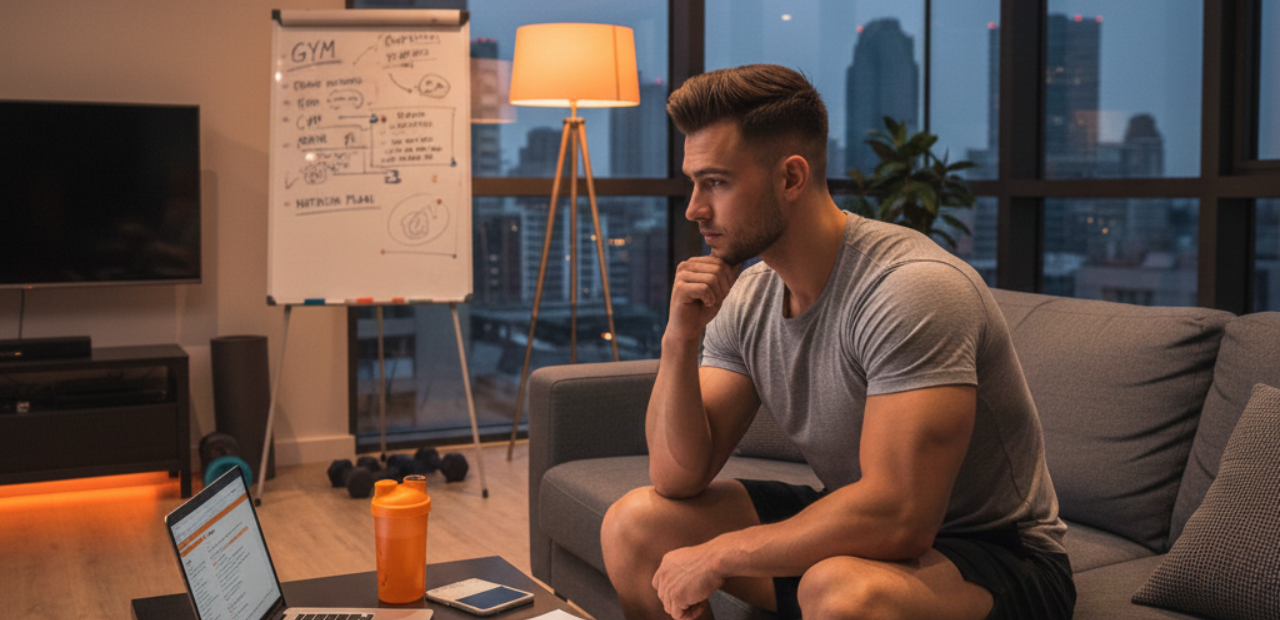Are you wondering if Facebook can really help you attract more clients to your fitness studio?
You might think Facebook is just for sharing cat videos and vacation photos. 📸
But what if I told you it could be a powerful tool to boost your business?
When hearing about Facebook you may think “Isn’t it where we can run a lot of ads and have to spend a lot of money”
Yes, it is true that a Facebook ad plays a big role and can accelerate the growth of your fitness studio page, but there is also a huge potential for growing your way through organic ways as well.
Don’t worry - we’ll cover both approaches in this guide.
We’ll explore how to use Facebook to:
- Get more people to notice your fitness studio
- Bring in new members without spending a fortune on ads
- Build a loyal community around your brand
We’ll look at smart ways to use Facebook groups, work with the algorithm, create effective ads, and host engaging events.
By the end, you’ll have a toolbox of strategies to help your fitness studio thrive on Facebook.
Set Up Your Fitness Studio’s Facebook Page
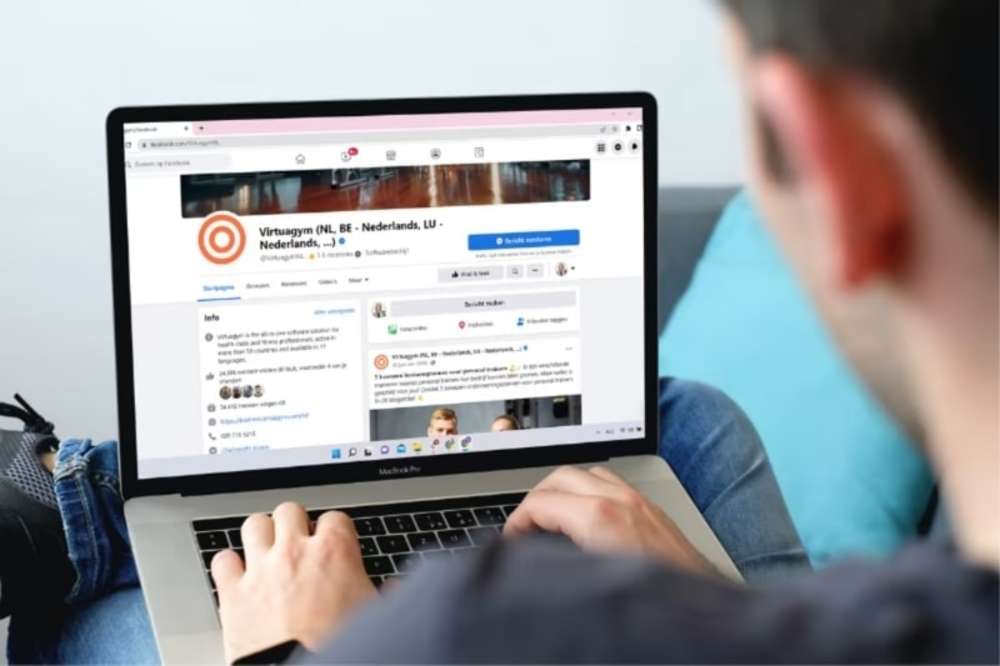
Creating a Facebook page for your fitness studio is the first step to growing your online presence.
Here’s what you need to do:
Choose the Right Page Type
When you start creating your Facebook page, you’ll see several options. For a fitness studio, you want to select “Business or Brand.”
This option gives you access to features that are useful for a fitness business, like insights about your audience and the ability to run facebook advertising.
It also allows you to add specific details about your studio that potential clients will want to know.
Pick a Catchy Name
Your page name should be your studio’s actual name. Keep it simple and easy to spell. Avoid using special characters or unnecessary words.
If your studio name is already taken, try adding your location (e.g., “FitnessArena Chicago”).
Remember, you can change your page name later, but it’s best to get it right from the start to build brand recognition.
Add a Profile Picture
Your profile picture is what people will see next to every post and comment you make. For most fitness studios, the best choice is your logo.
If you don’t have a logo, a picture of your studio’s exterior or a high-quality image representing your main type of fitness (e.g., a barbell for a weightlifting gym) can work.
Make sure the image is clear even when viewed as a small icon.
Create an Eye-Catching Cover Photo
Your cover photo is prime real estate on your page. Use a high-quality image that represents your studio’s atmosphere.
This could be a panorama of your studio interior, a collage of your various classes, or a photo of your team.
You can also use this space to advertise current promotions or upcoming events. Change it regularly to keep your page fresh.
Fill Out Your “About” Section
This section is crucial for providing key information about your studio. Write a concise but compelling description of what makes your studio unique.
Mention your specialties, the range of classes you offer, and any standout features (like state-of-the-art equipment or highly certified trainers).
Don’t forget to include practical details like your full address, phone number, and website.
Set Up a Call-to-Action Button
Facebook offers several options for your call-to-action button. For a fitness studio, good choices include
- “Book Now” (if you have an online booking system),
- “Contact Us”
- “Sign Up” (for a newsletter or free trial).
This button appears prominently on your page, making it easy for potential clients to take the next step.
Add Your Business Hours
Be accurate and specific when listing your hours. If you have different hours for classes versus open gym time, make that clear.
Remember to update this information if your hours change seasonally or for holidays.
Accurate hours help prevent frustration and missed opportunities with potential clients.
Start Posting Content 🎨
The type of content you post on Facebook matters a lot. Facebook’s algorithm favors posts that create engagement from your followers.
The more people like, comment, and share your posts, the more likely Facebook is to show your content to a wider audience.
When your followers interact with your posts, their friends and followers might see that activity, potentially leading more people to check out your page.
This is why creating high-quality, valuable content is so important.
To keep your audience engaged and reach new potential clients, you should create a mix of different types of posts.
Let’s go over each format:
Meme Posts
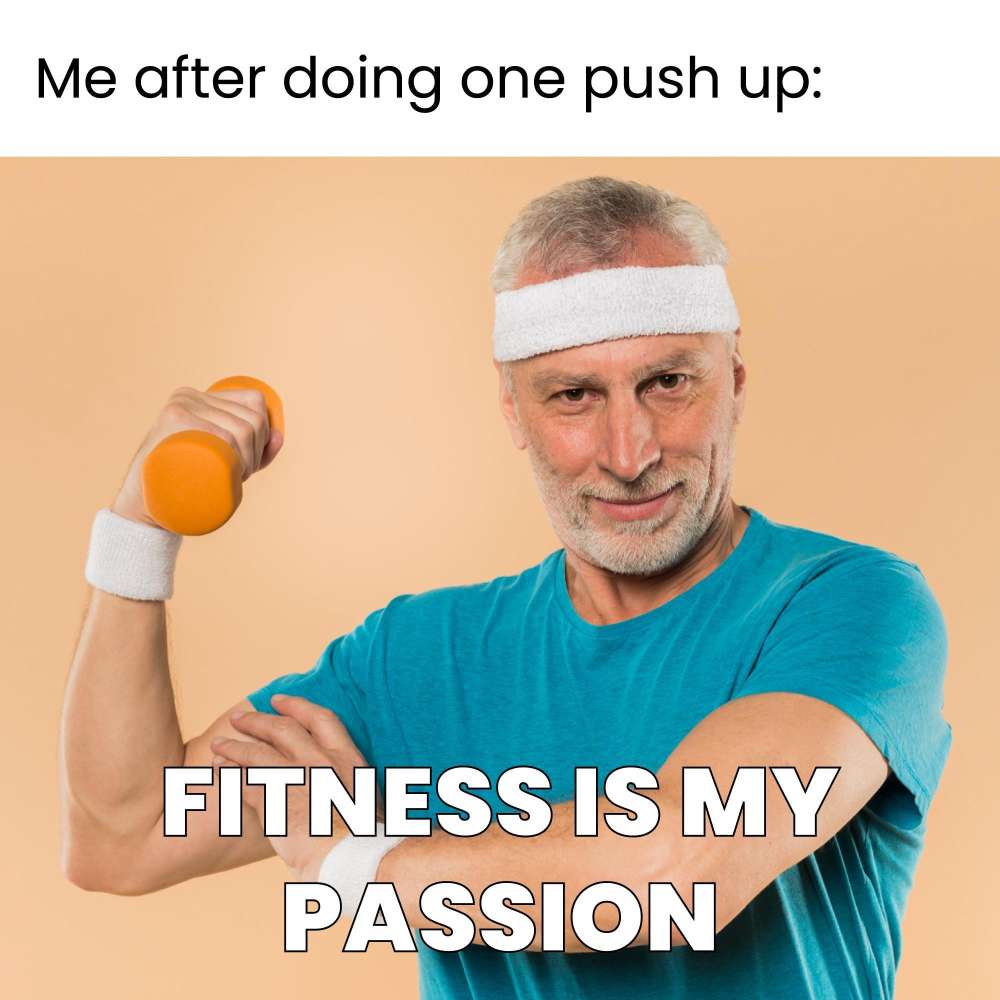
When starting your fitness studio’s page from scratch, meme posts can be incredibly effective.
The goal is to capture the struggles of an average person trying to stay fit or someone struggling to lose weight or to educate people in a humorous way.
For example, you might create a meme about the internal struggle between wanting to eat a pizza versus sticking to a salad or the feeling of waking up sore after a tough workout.
These relatable, funny posts show that you understand your audience’s challenges and have a sense of humor about fitness.
This approach makes you relatable and can encourage people to follow you for more such content.
It shows that while you’re serious about fitness, you don’t take yourself too seriously – a trait many find appealing in a fitness studio or trainer.
Infographics
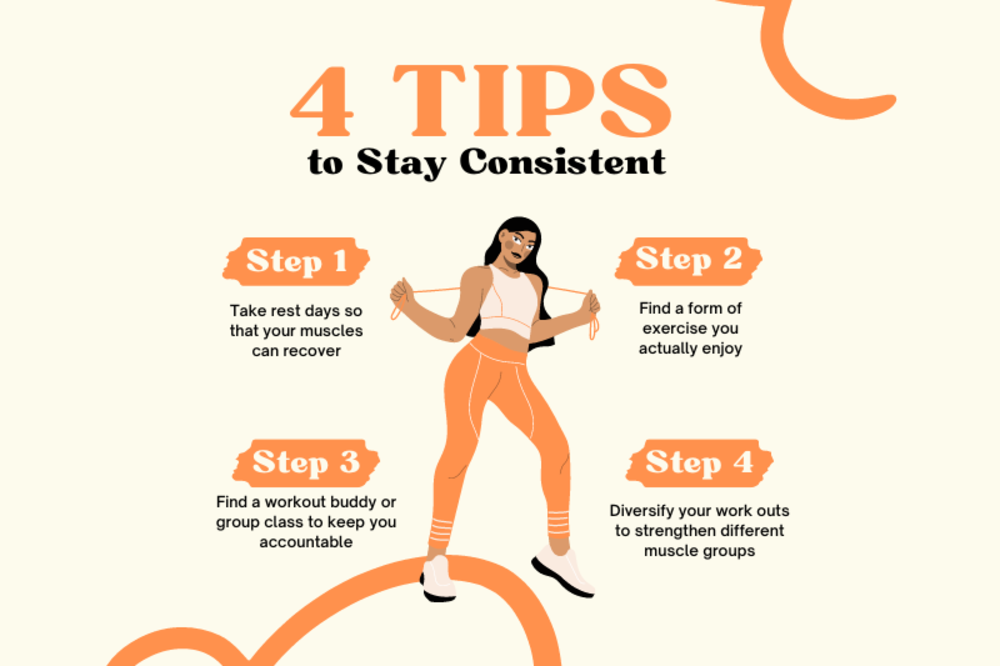
Infographics are where you showcase your expertise on any topic in the fitness niche.
If you’re a specialist in weight loss, you can create a chart showing how to calculate calorie deficit using the Harris-Benedict equation, or you can do comparisons of different foods’ nutritional values.
For example, you might create an infographic comparing the protein content of various plant-based foods for vegans, or a visual guide to proper squat form.
These infographics provide valuable, easily digestible information to your followers.
You can use free tools such as Canva to create professional-looking infographics. The key is to present complex information in a visually appealing, easy-to-understand format.
Share Photos
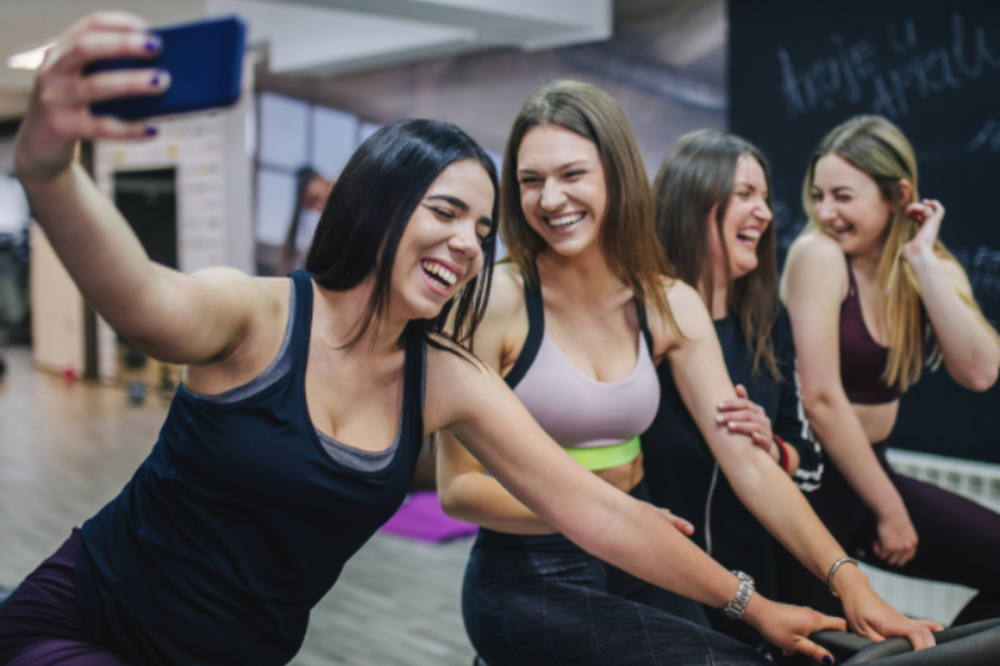
Sharing photos is about giving an inside view of who you are and what your fitness studio is all about.
You can post a snapshot of you training a client, pictures of your equipment or any fitness event hosted at your studio.
You can also share a photo of a new piece of equipment you’ve just added to your studio, a group shot after a particularly challenging fitness challenge class, or a before-and-after of a studio renovation.
These photos help potential clients get a feel for your studio’s atmosphere and what they can expect if they join.
Text-Based Posts
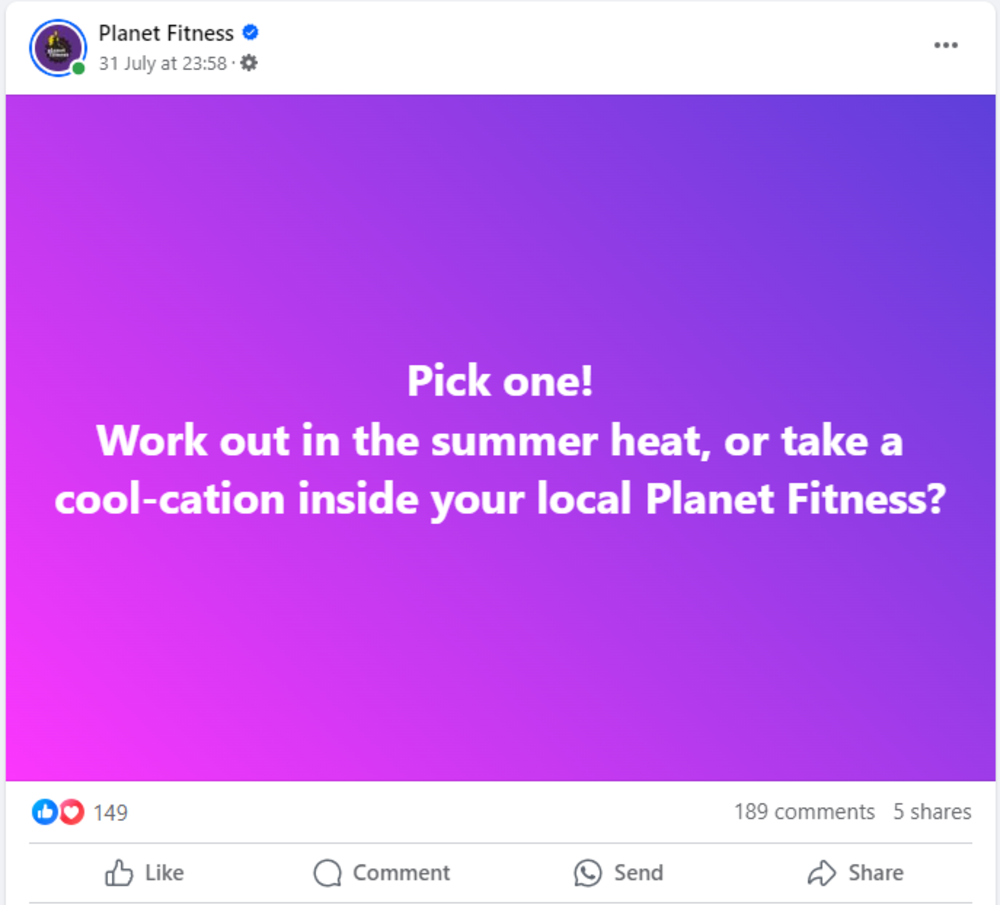
These posts are engagement drivers. They typically work best when you’ve already built up a following of a few hundred people who regularly view and engage with your content.
With text posts, you can ask questions like “What’s your favorite workout of the week?” or “What kind of protein sources do you have in your diet?”
These questions lead people to comment on your posts, allowing others to learn from the responses.
You get engagement, and your followers get to share their experiences and learn from each other.
For instance, a question about favorite post-workout meals could generate lots of comments and give your followers new ideas to try.
Short Videos
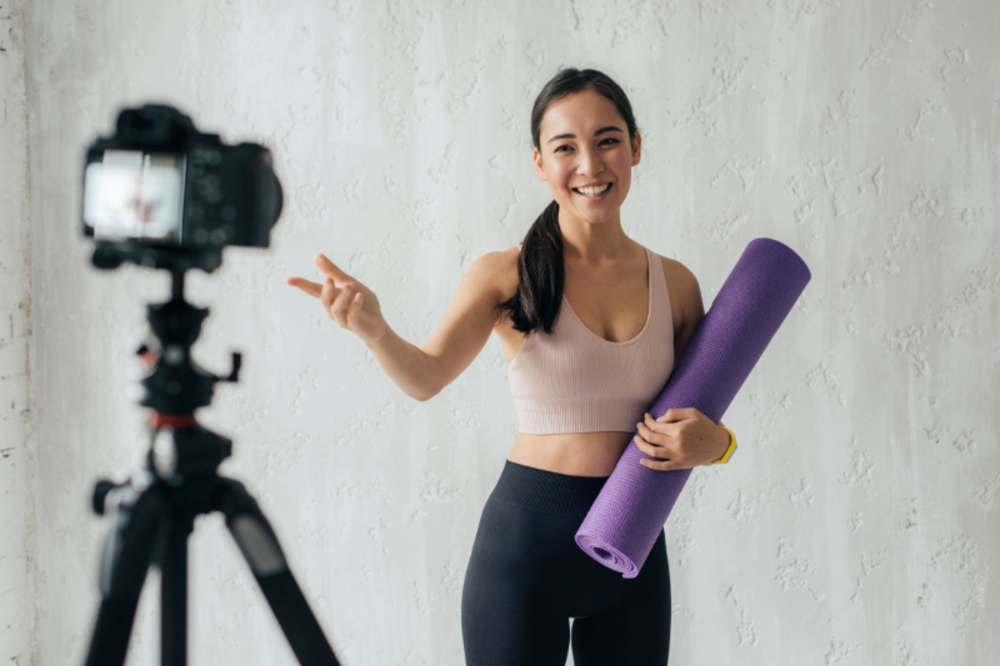
Unless you’ve been living under a rock, you might have noticed that shorts rule social media nowadays, whether it’s TikTok, Instagram, or even YouTube.
People love content that provides maximum value while taking up the least amount of their time and attention.
Believe it or not, even attention is a currency today, and you want to use very little of it.
Focus on creating high-quality videos ranging from 30 seconds to 90 seconds.
These can address specific topics such as “Can you target belly fat?” or “Can you lose weight by walking?” or any topic that addresses a specific issue.
Or you could create a 60-second video demonstrating three effective stretches for lower back pain, or a quick explainer on why protein is important for muscle growth.
Share Success Stories
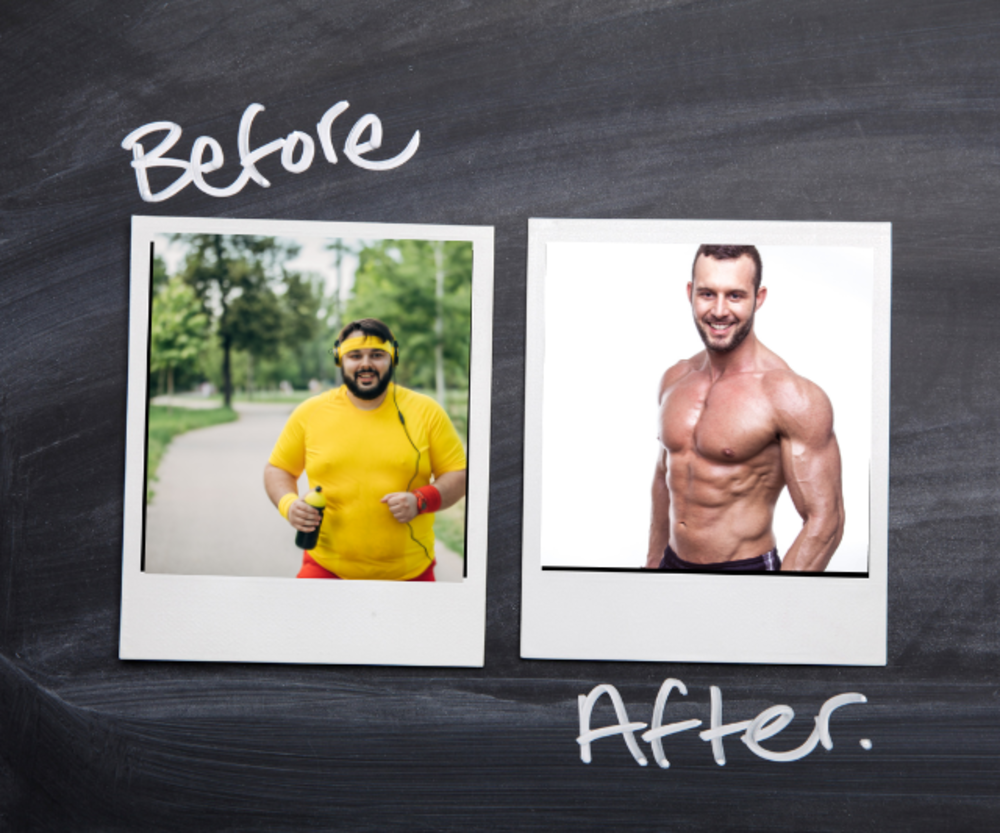
People love finding out what is possible for them.
So if you share stories of your clients’ transformations - how they were once overweight and after 6 months of training with you they’ve become fitter and healthier - more people will see you as an authority and an expert in the field.
They’ll be curious about your offering and more likely to sign up.
You could share before and after photos of a client who lost 50 pounds, along with a brief story of their journey and how your studio helped them achieve their goals.
Go Live
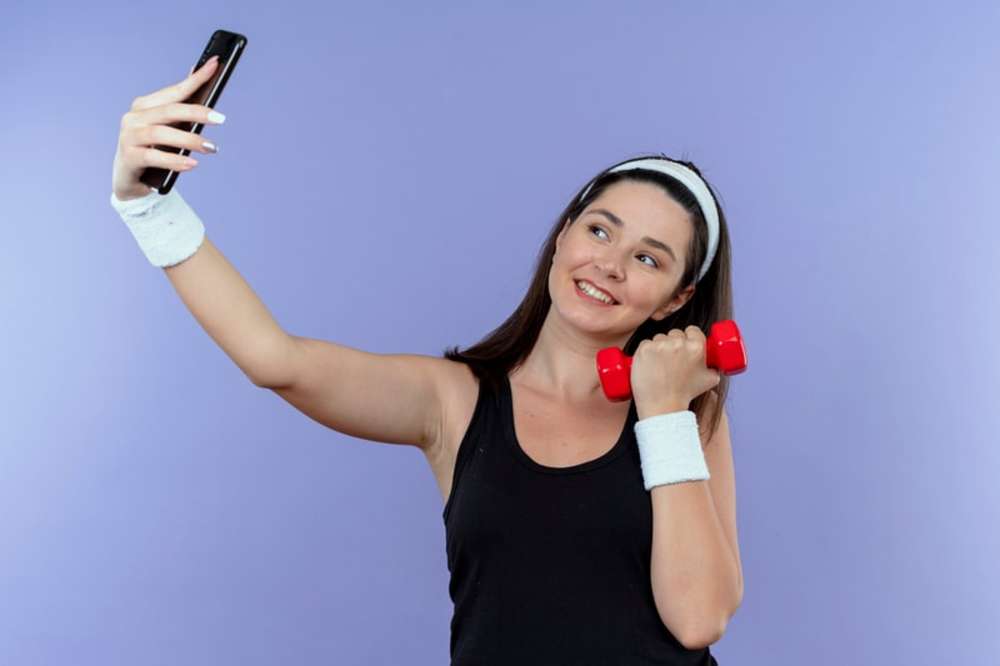
This one also works better when you’ve built up at least a small number of followers. With live content, you get a chance to interact with your followers, have Q&As, or show them you doing a particular exercise live.
You can also share random fitness-related thoughts you might have while you’re out and about that you feel people can benefit from.
For example, you could do a weekly live Q&A session where followers can ask you anything about fitness, nutrition, or your studio’s offerings.
Links to Your Blog Posts
Facebook is one of the best ways to drive traffic to your blog. You can create high-quality content about topics you’re passionate about.
According to an SEO blogger, Niche Site Lady, the kind of posts that work best for Facebook are things that highlight things to avoid:
- The Worst X for X
- What Not To Do When You X
- The Biggest Mistakes People Make When X
Implementing this for your fitness studio niche, you could write blog posts like:
- “The Worst Exercises for Beginners”
- “What Not To Do When Starting a New Diet”
- “The Biggest Mistakes People Make When Trying to Build Muscle”
These types of posts tend to grab attention and generate clicks, helping drive traffic to your website and position you as a knowledgeable resource in the fitness industry.
Know When and How Often to Publish
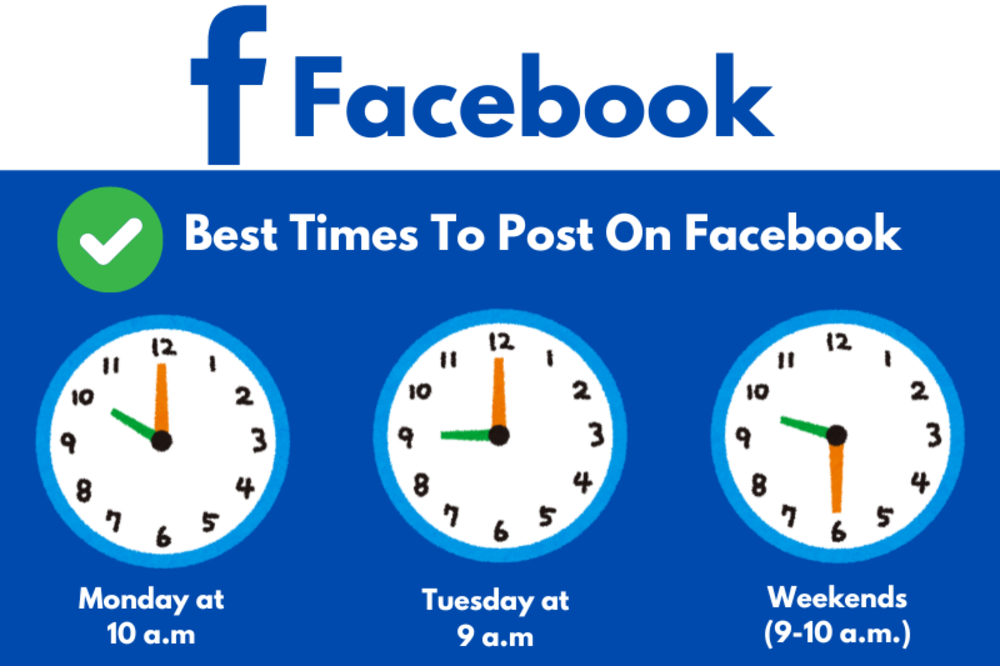
The timing of your posts also matters.
Posting at the right times can significantly increase the chances of your content being seen by more Facebook users.
By optimizing your posting schedule, you can maximize your visibility and engagement.
The Right Amount To Post
According to Hootsuite, it’s recommended to post 1-2 times per day on Facebook.
This frequency helps you stay present in your audience’s minds without overwhelming their feeds.
Consistent posting keeps your studio visible without becoming annoying.
The Right Times To Post
Facebook’s algorithm favors accounts that post and engage regularly. Based on research by Buffer, here are some optimal times to post:
- Friday at 10 am: Engagement peaks here as users start their day.
- Monday at 10 am: Users get back into their post-weekend routine and check for updates.
- Tuesday at 9 am: Early morning, when users update social media before starting their workday.
Remember, these are general guidelines. Your specific audience might be active at different times.
Pay attention to when your posts get the most engagement and adjust your schedule accordingly.
Always Choose Quality Over Quantity
While posting regularly is important, the end goal should always be to provide the highest value to your followers.
Make sure that whatever and however much you post is well thought out, planned, and curated. Each post should provide clear value to your audience.
It’s better to post one high-quality workout tip that your followers will find useful and share, rather than three rushed, low-quality posts that don’t offer much value.
Focus on creating fitness content that educates, inspires, or entertains your audience, even if it means posting less frequently.
Run Ads For Your Fitness Studio Page
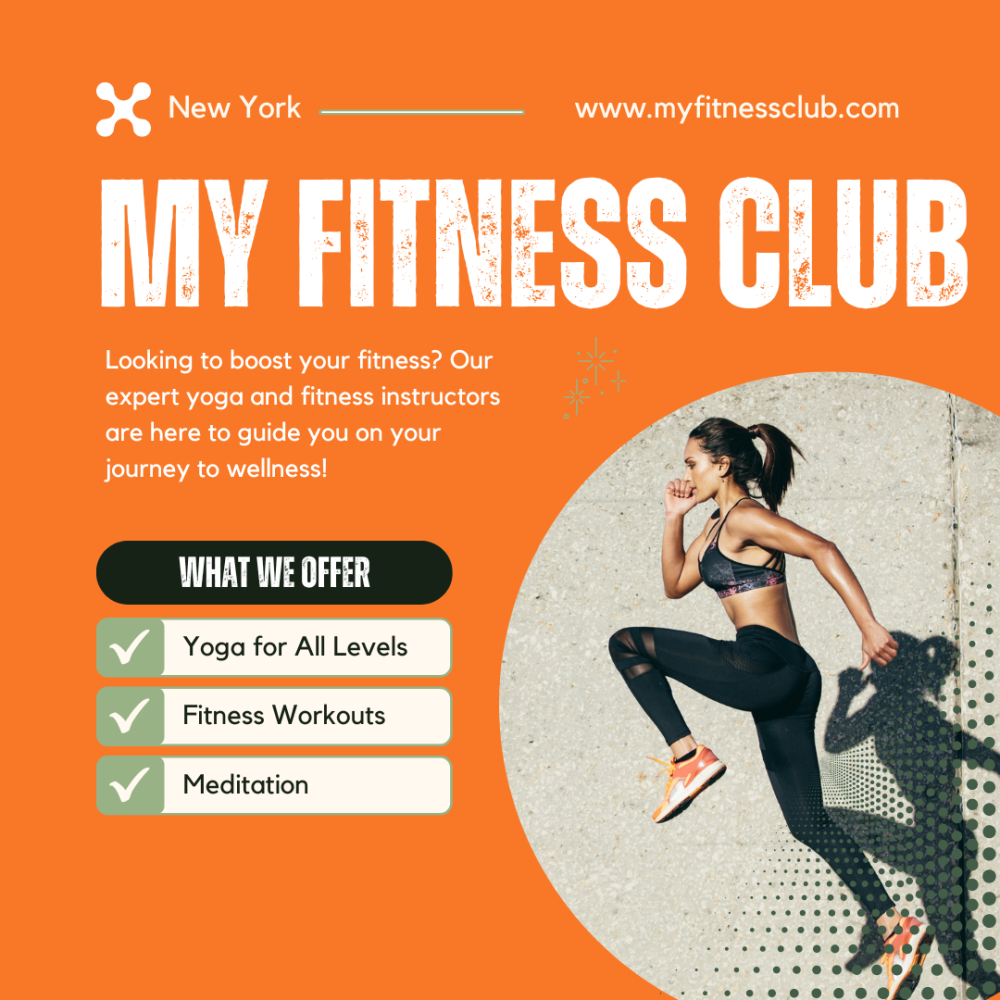 {width=“1080” height=“1080”}
{width=“1080” height=“1080”}
There are three main reasons why you should consider using Facebook ads for your fitness studio, even though it requires spending some money:
- You can choose who sees your fitness ads. This means you can target people interested in fitness and personal training services, making your ads more effective.
- Organic growth takes time and effort. In 2023, the average engagement rate for organic posts was only between 1.52% and 2.58%. This means paid ads can help you reach more people faster.
- Ads can help your page grow quickly. Depending on your budget, Facebook can show your ad to hundreds of thousands of people. This can lead to new followers every day.
Here’s how you create a Facebook ad campaign for your fitness studio:
- Set up your Meta Facebook Ads Manager Account: Go to Meta Facebook Ads Manager and click ‘Create’ to start a new campaign. This is where you’ll make and manage all your ads.
- Choose your campaign goal: Decide what you want your ad to achieve. Do you want to increase brand awareness and let more people know about your studio? Do you want more website visitors? Or do you want to collect contact information from potential clients? For example, if you’re starting a new yoga class, you might want to focus on creating a personal training Facebook ad to get more people to visit your sign-up page.
- Pick your audience: Choose who you want to see your ad based on things like age, gender, location, and interests. For instance, you might target people aged 25-45 through gym Facebook ads who are interested in fitness and live in your city. You can also target people similar to your current clients.
- Set your budget and schedule: You could start with $10 per day in ad spend and see how it goes for a month. That would be about $300 for the month. You can always change your budget later based on what works best.
- Make your ads: Choose a fitness ad format that shows off your fitness studio well. Video ads often work great - you could show a quick clip of a training session or have a happy client talk about their results. Make sure your ad creative includes a clear next step for people to take, like ‘Book Now’ or ‘Try a Free Session.
Keep in mind, that running ads takes some practice to get right. Start small with your ad campaigns, test different approaches, and adjust based on what works best for your fitness studio.
Make Smart Use of AI

Artificial Intelligence (AI) has changed how we do digital marketing. 🤖
For fitness studio owners, AI offers powerful tools to make your advertising better, find the right people to show your ads to, and create more effective marketing plans.
Meta (the company that owns Facebook) has built AI into their platform. This makes it easier for you to get good results with your Facebook marketing.
AI helps you make decisions based on data, which can make your advertising more efficient and effective.
Here are some ways you can use AI for your Facebook ads:
- AI for finding your audience: AI can help you reach the right people more precisely. It looks at user data and figures out who’s most likely to be interested in your fitness studio. This can lead to more people engaging with your ads and becoming clients.
- AI for creating videos and images: There are AI tools that can help you make eye-catching content. These tools can help edit videos or create attractive images, making it easier to create marketing materials that look professional.
- AI for writing ad text: AI can also help write persuasive ad copy. By using AI writing tools, you can create text for your ads that connects better with your target audience and gets more people to take action.
- AI chatbots for Facebook: You can add AI chatbots to your Facebook page to quickly answer questions from potential clients. These chatbots can help schedule appointments, give information about your services, and improve your customer service.
By using AI, you can get insights in real time, spot trends, and adjust your Facebook marketing efforts to have the biggest impact.
This can help you make the most of your marketing efforts and grow your fitness studio more effectively.
Check out how you can use AI to maximize your fitness studios revenue.
Start a Facebook Group

A Facebook Group is like a digital hangout spot for your fitness studio. It’s more personal than your main Facebook page.
In a group, your clients can chat with each other, share their fitness journeys, and support one another.
This creates a strong community feeling around your studio. When people feel part of a community, they’re more likely to stick with their fitness goals and keep coming to your studio.
Plus, happy members might invite their friends, helping your business grow.
How to Set it Up:
Setting up a group is pretty simple:
- On Facebook, look for “Groups” in the menu on the left side of your screen.
- Click “Create New Group.”
- Choose a name that fits your studio. Maybe something like “[Your Studio Name] Fitness Community.”
- For privacy, pick “Private” but “Visible.” This means people can find your group, but only members can see what’s posted.
- Invite your current clients to join. Ask them to invite their friends who might be interested in fitness.
- Create a few welcome posts to get things started.
What to Post:
Keep your group active with different types of posts:
- Start a “Monday Motivation” thread where members share their goals for the week.
- Post easy, healthy recipes that busy people can make.
- Share before-and-after photos from clients who are okay with it.
- Do a weekly “Ask a Trainer” post where members can get fitness questions answered.
- Run polls to see what new classes or equipment your members want.
- Share quick workout tips or videos that people can do at home.
Engagement Tips:
Keeping members engaged is key:
- When someone new joins, welcome them with a personal message.
- Reply quickly when people post questions or comments.
- Encourage members to share their own tips and progress photos.
- Use Facebook Live to do quick workout demos or nutrition talks.
- Create weekly threads like “Win Wednesday” where people share their achievements.
Moderation:
Keeping the group positive is important:
- Set clear, simple rules. For example: “Be kind and supportive to all members.”
- Check the group daily to make sure discussions stay friendly and on-topic.
- If someone posts spam or is unkind, remove the post and maybe send them a private message explaining why.
- Thank members who are especially helpful or supportive.
Choose Outsourcing or DIY
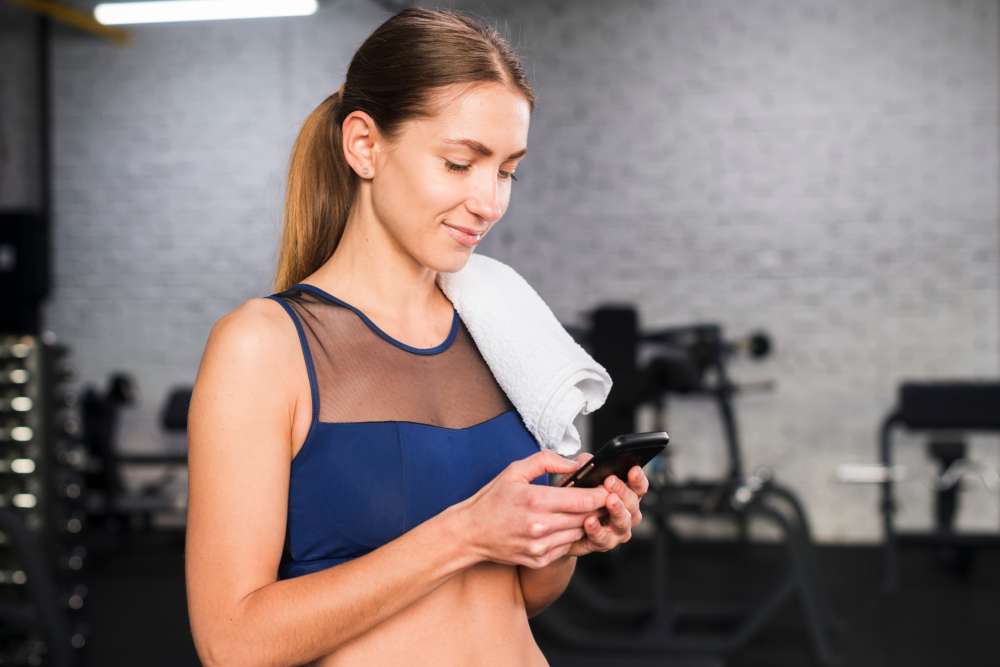
To manage your fitness studio’s Facebook presence, you have two main options: doing it yourself (DIY) or hiring someone else to do it (outsourcing).
Both have their pros and cons.
Let’s break them down:
DIY Approach
Doing it yourself means you handle all aspects of your Facebook marketing. This includes creating posts, responding to comments, and managing ads.
Pros:
- It’s cheaper since you’re not paying someone else.
- You have full control over your studio’s online voice.
- You know your business best, so you can share authentic content.
Cons:
- It takes a lot of time, which you might prefer to spend training clients.
- You might not have all the skills needed for effective social media marketing.
- It can be hard to keep up with Facebook’s changing features and best practices.
Outsourcing
Outsourcing means hiring a person or company to manage your Facebook marketing for you.
Pros:
- Professionals often have more skills and knowledge about effective Facebook marketing.
- It saves you time to focus on running your studio and training clients.
- They can often create higher-quality content and manage ads more effectively.
Cons:
- It costs money to hire someone.
- You have less direct control over your online presence.
- They might not understand your studio’s unique personality as well as you do.
Making Your Decision
To decide which is best for you, ask yourself:
- How much time can you realistically spend on Facebook marketing?
- What’s your budget for marketing?
- How comfortable are you with social media and digital marketing?
- How important is having direct control over your online voice?
You don’t have to choose just one forever. Many studio owners start with DIY and move to outsourcing as they grow.
Or, you might outsource some tasks (like ad management) while handling others (like responding to comments) yourself.
Conclusion
Growing your fitness studio’s Facebook presence isn’t just about gaining followers—it’s about building a community that supports and promotes your business.
While it might seem challenging at first, remember that every successful fitness page started from zero. The key is to be patient, consistent, and authentic in your organic or your Facebook ad strategy.
Experiment with different types of content, posting times, and strategies to see what works best for your unique audience. Don’t be afraid to show the personality behind your studio—let your passion for fitness shine through in your posts.
With time and effort, your Facebook page can become a valuable asset that helps your fitness studio thrive both online and in the real world.


